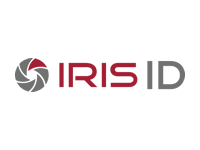
CCTV
The benefits of cloud-based CCTV over local
At Arana Security, we’ve seen an increase in the number of our clients using cloud-based CCTV over local storage, and

At Arana Security, we’ve seen an increase in the number of our clients using cloud-based CCTV over local storage, and

Why the “Cloud”? The term “Cloud” has been used for several decades in relation to IT. Originally it was used













Want to discuss your security or need advice? Our team are always on hand to help
Or Call Us On:
Sign up to our newsletter to receive the latest on biometric and security solutions



